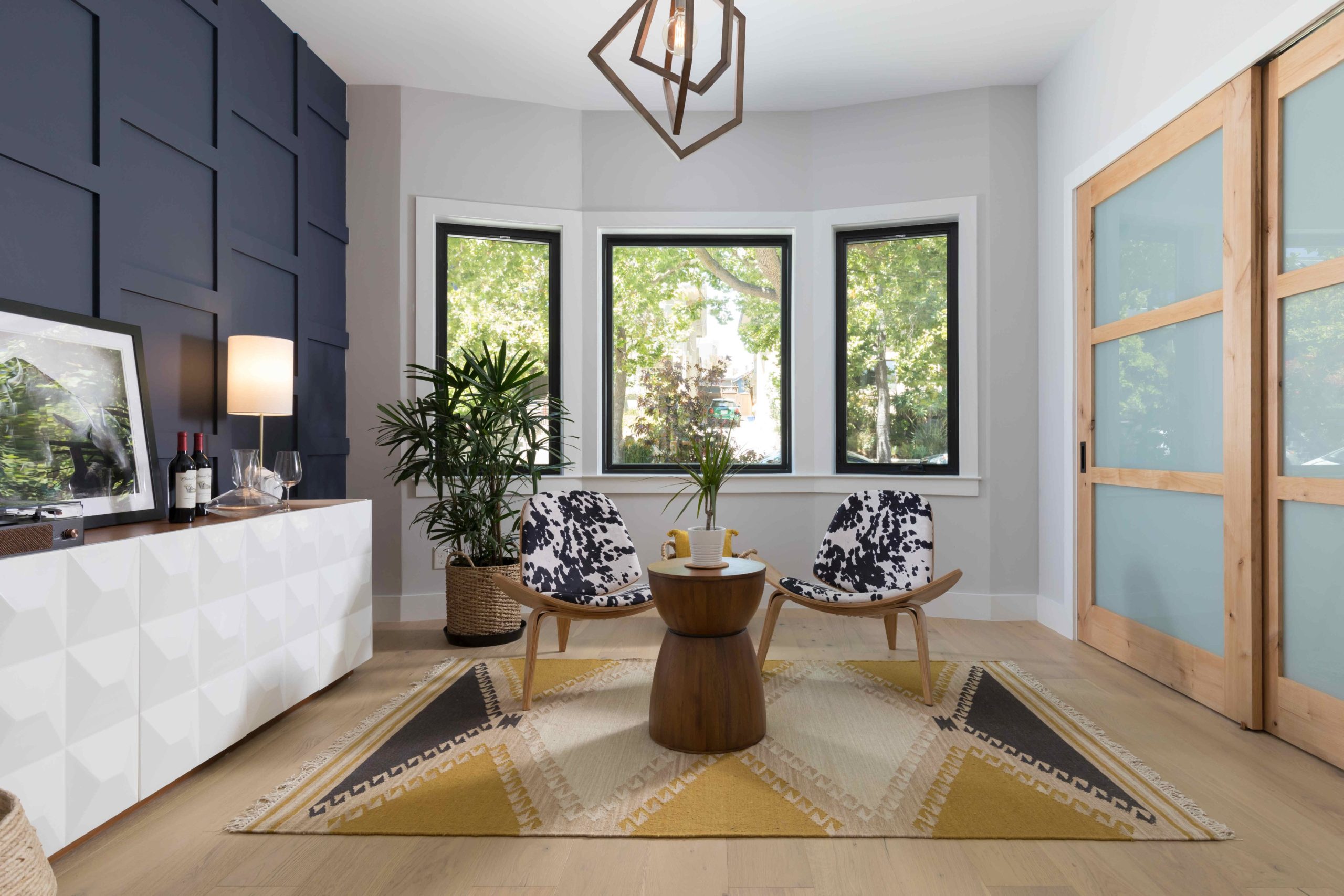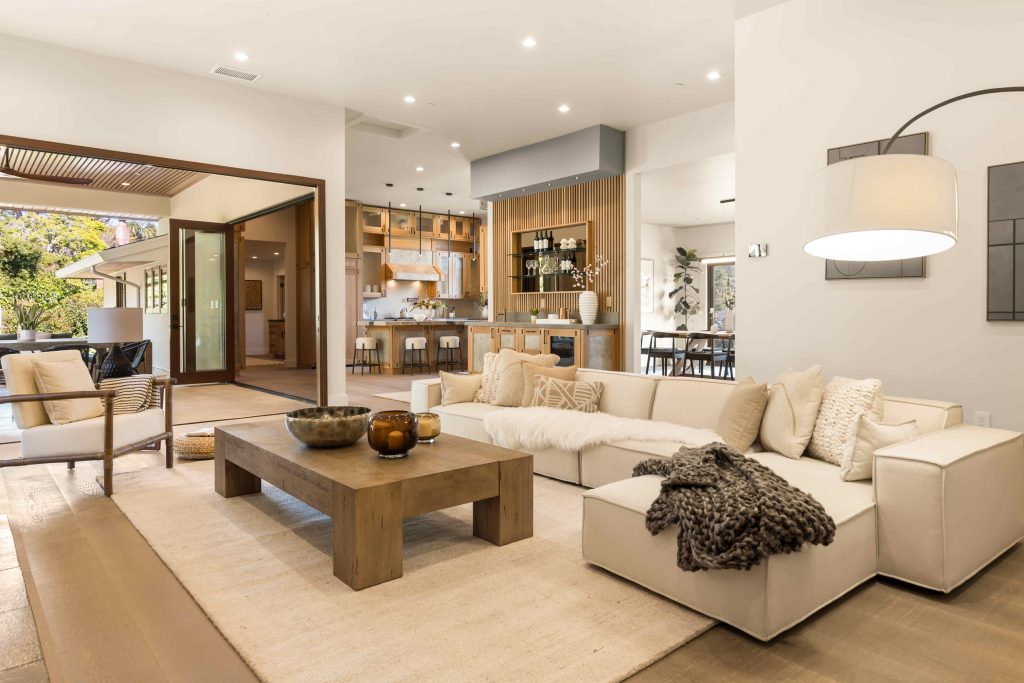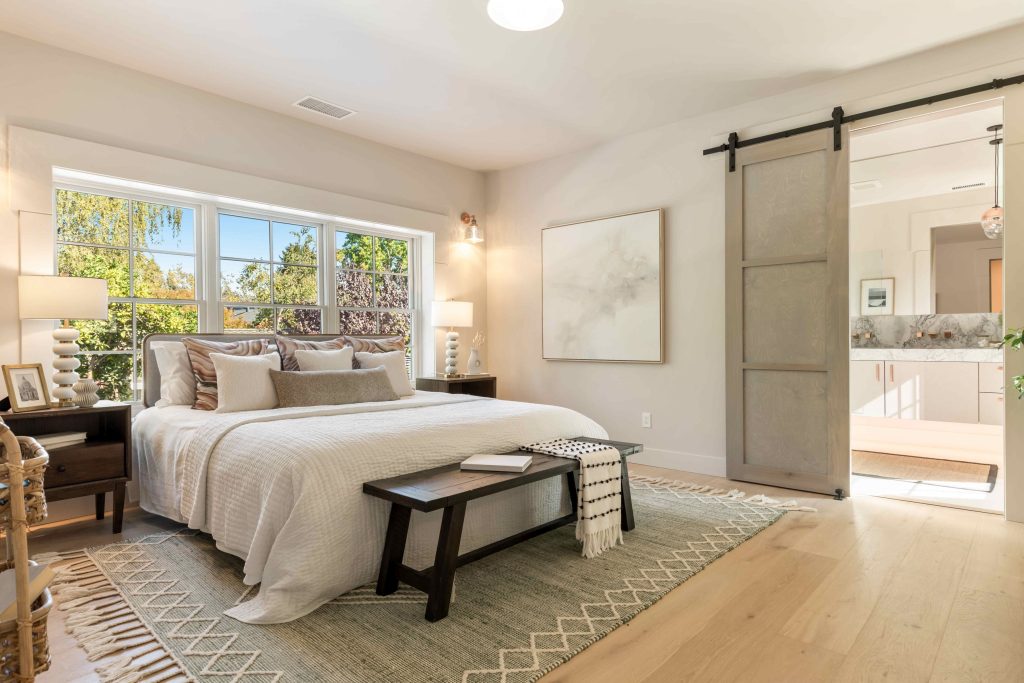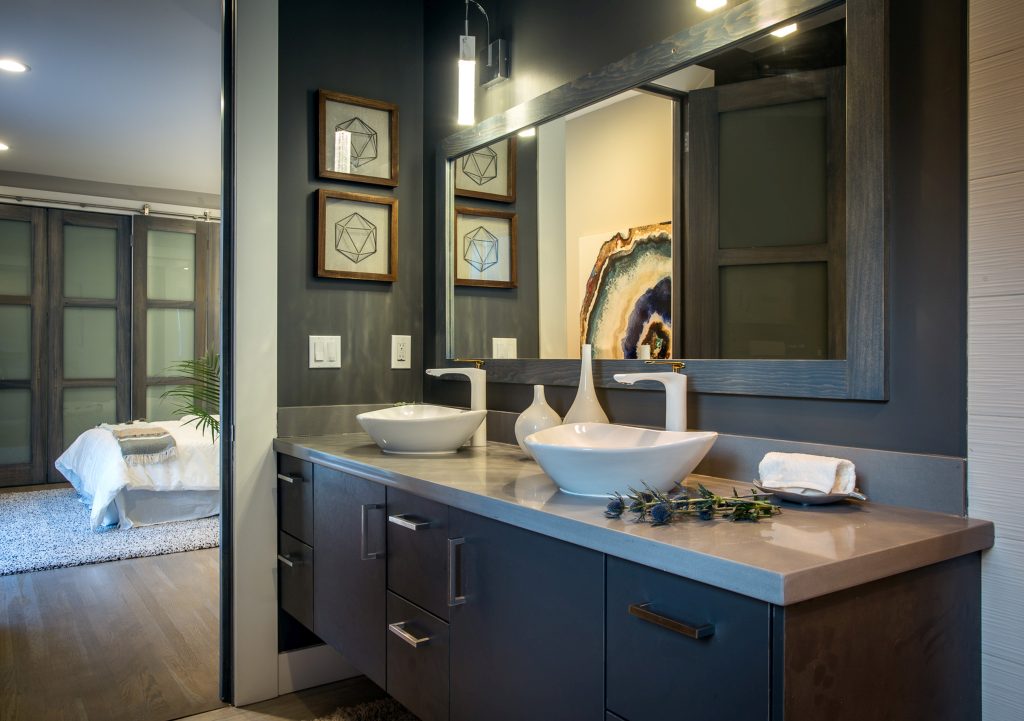Redesigning your house’s interior is an exciting journey that allows you to create a space that reflects your personality and meets your lifestyle needs. Whether you’re looking to update a single room or give your entire home a makeover, strategic planning, and thoughtful interior design choices can make a significant difference. In this comprehensive guide, we’ll explore step-by-step how to redesign your house, from initial inspiration to final touches.
- Assess Your Current Space
The first step in redesigning your house is to assess your current space. Take time to evaluate each room and consider what is working well and what needs improvement. Identify any structural issues, such as outdated plumbing or electrical systems, that may need to be addressed before proceeding with cosmetic changes.
Measure each room and create a floor plan to visualize the layout. Note the location of doors, windows, and architectural features like alcoves or columns. Understanding the dimensions and flow of your space will help you make informed decisions when selecting furniture and arranging your layout.
- Set Clear Goals and Priorities
Before diving into the interior remodel process, establish clear goals and priorities for your redesign project. Consider what you hope to achieve with the redesign – whether it’s creating a more cohesive aesthetic, improving functionality, or increasing storage space. Prioritize areas of the house that are used most frequently or that are in most need of attention.
Make a list of must-have features and elements that you want to incorporate into your new design. This could include specific furniture pieces, color schemes, lighting fixtures, or decor items. Setting clear goals will guide your decisions throughout the redesign process and ensure that the end result aligns with your vision.
- Gather Inspiration
Gathering inspiration is an essential part of the redesign process, helping you define your style preferences and visualize your ideal space. Browse interior design magazines, websites, and social media platforms like Pinterest and Instagram for ideas and trends that resonate with you.
Create a mood board or digital collage to compile your favorite images, colors, textures, and patterns. This visual representation will serve as a reference point and guide when selecting furniture, paint colors, fabrics, and accessories. Pay attention to recurring themes or elements that appeal to you, whether it’s a specific color palette, architectural style, or design motif.
- Choose a Design Style
Once you’ve gathered inspiration, determine the design style that best reflects your taste and complements your home’s architecture. Interior design styles range from contemporary and minimalist to traditional, farmhouse, industrial, and more. Selecting a cohesive design style will help create a harmonious and visually appealing interior.
Consider factors such as your personal preferences, the architectural style of your home, and the existing decor elements that you want to retain or incorporate. Mix and match different styles if you enjoy eclectic decor, but strive for a balanced and cohesive look throughout your house.
- Plan Your Layout and Furniture Placement
With your design style chosen, begin planning the layout and furniture placement for each room. Refer to your floor plan and consider how you can optimize the use of space while maintaining a functional and aesthetically pleasing environment.
Start by identifying the focal point of each room, whether it’s a fireplace, large window with a scenic view, or a statement piece of furniture. Arrange your furniture to highlight these focal points and create natural pathways for movement. Ensure that there is ample space for circulation and that furniture proportions are suitable for the room size.
- Select Color Schemes and Paint
Color has a profound impact on the atmosphere and mood of a room, making it essential to choose your color schemes carefully. Select a cohesive color palette that complements your chosen design style and enhances the overall ambiance of your home.
Consider using neutral tones like whites, grays, and beiges as a base color for walls and larger furniture pieces. Introduce pops of color through accent walls, upholstery, artwork, and decor accessories. Experiment with different shades and hues to create visual interest and depth within each room.
Before painting, test sample colors on your walls to see how they interact with natural and artificial light throughout the day. This will help you make informed decisions and ensure that you achieve the desired look and feel.
- Enhance Lighting
Lighting plays a crucial role in interior design, influencing both the functionality and ambiance of a space. Evaluate your current lighting setup and consider how you can enhance it to suit your redesigned space.
Incorporate a combination of ambient, task, and accent lighting to create layers of illumination. Ambient lighting provides overall illumination and can be achieved through ceiling-mounted fixtures or chandeliers. Task lighting is focused on specific areas, such as desk lamps in home offices or pendant lights above kitchen islands. Accent lighting highlights architectural features, artwork, or decor items, adding depth and visual interest.
- Add Personal Touches and Final Details
Personalize your redesigned house with thoughtful touches and final details that reflect your personality, interests, and lifestyle. Display meaningful artwork, family photographs, or cherished mementos that tell your story and evoke positive memories.
Incorporate decorative accessories, such as vases, sculptures, candles, and plants, that add texture, color, and visual interest to your space. Arrange accessories in curated vignettes or groupings to create focal points and draw the eye.
Conclusion
Redesigning your house’s interior is a rewarding journey that allows you to create a space that is both functional and aesthetically pleasing. By following these comprehensive steps – from assessing your current space and setting clear goals to selecting a design style, planning your layout, and incorporating personalized touches – you can transform your home into a stylish haven that reflects your personality and meets your lifestyle needs.
Whether you’re updating a single room or undertaking a complete house redesign, strategic planning, attention to detail, and creativity will ensure a successful outcome and if you need an expert to create a beautiful interior design then contact Anura Designs for a professional interior design service. Embrace the opportunity to experiment with design elements, express your individuality, and create a home that you love to live in and share with others. With thoughtful planning and execution, your redesigned house will become a welcoming and inspiring environment where memories are made and cherished for years to come.



